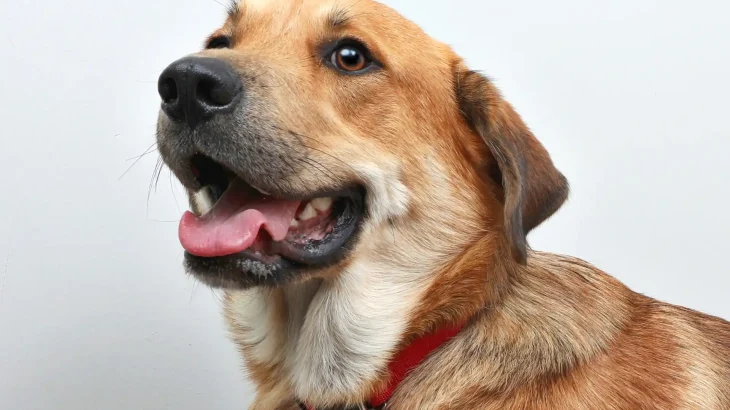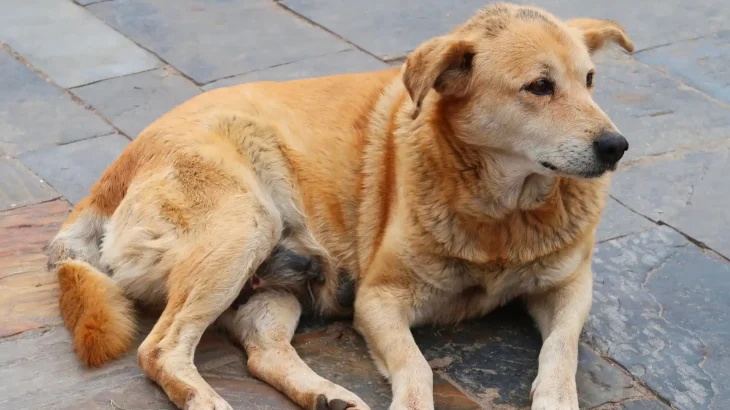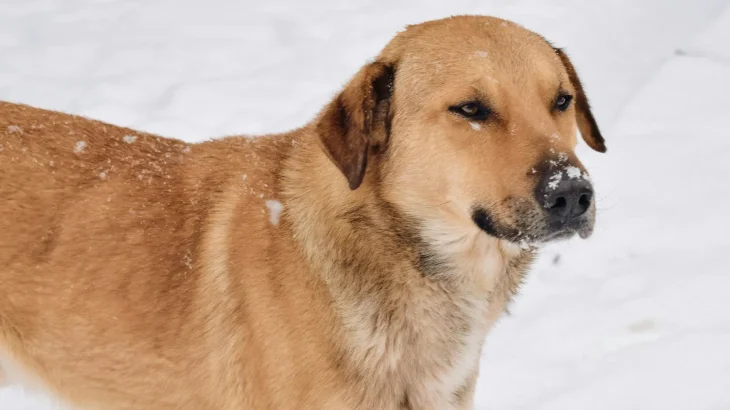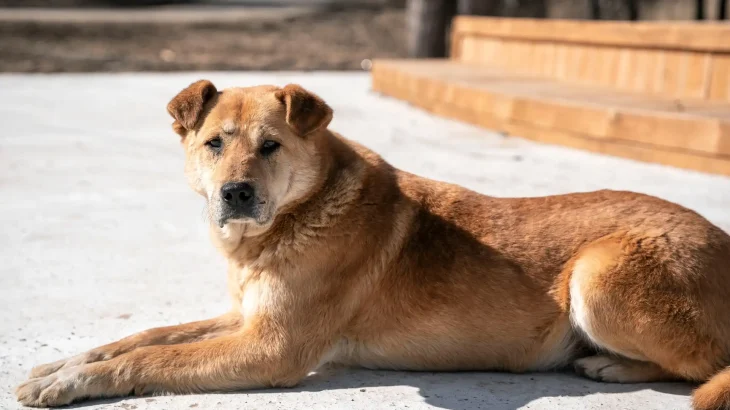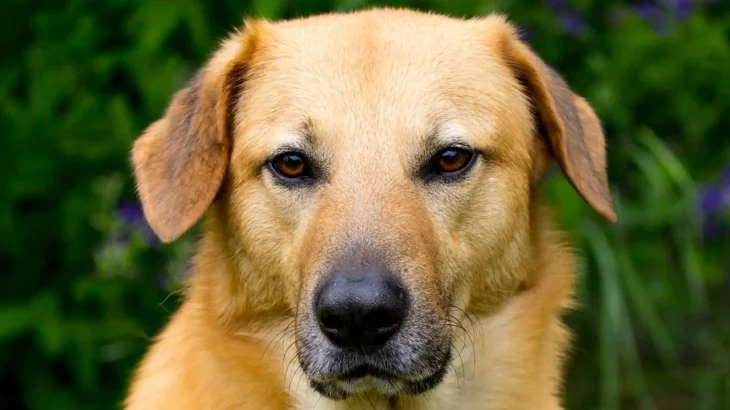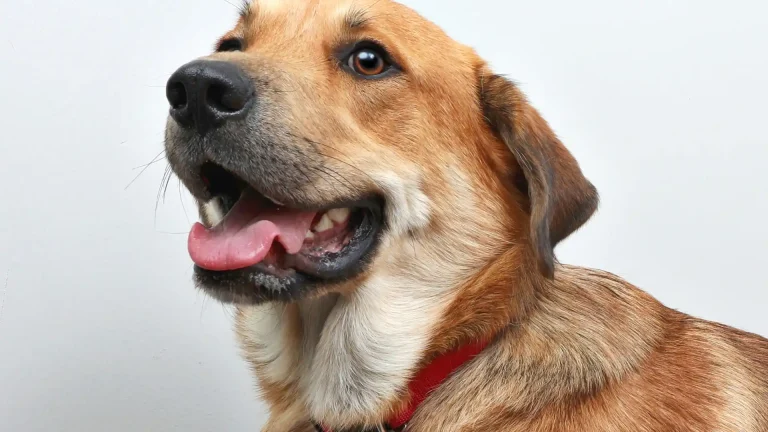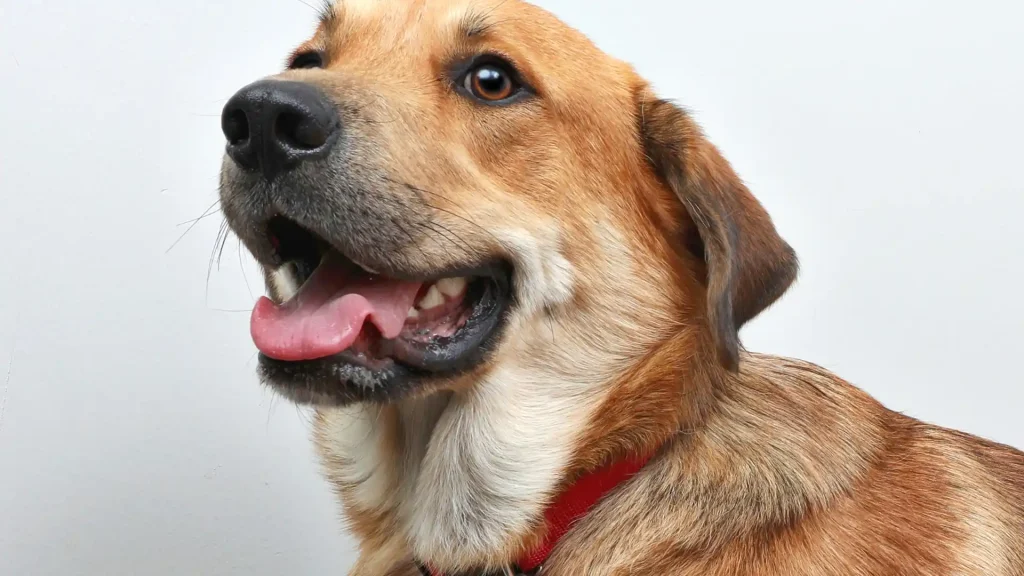When deciding whether to bring a Chinook puppy home, you can either adopt from a shelter or buy from a reputable breeder. Buying from a breeder usually comes with more detailed health and pedigree information but at a higher cost. Adoption offers a more affordable route and supports animal welfare but may come with less background knowledge on the puppy's lineage.
Adoption vs. Breeder: Pros & Cons
| Criteria | Buying from Breeder | Adopting from Shelter/Rescue |
|---|---|---|
| Cost | Higher initial cost for a purebred Chinook, plus transportation expenses. | Lower adoption fees; often includes basic health care. |
| Health History | Detailed health clearances like OFA hip and eye certifications typically provided. | Health history may be incomplete, but basic vet checks are performed. |
| Age Availability | Primarily puppies, allowing for early training and socialization. | Varied ages available, which might be older than puppyhood. |
| Temperament Insight | Breeders can share background on parents' temperament and behavioral traits. | Shelter staff provide current behavior observations but background may be limited. |
| Supporting Practices | Supports dedicated breeding programs focused on health and breed preservation. | Supports animal welfare by rescuing dogs in need of homes. |
| Ethical Considerations | Ethical breeders carefully screen for health issues but buyers must be cautious of puppy mills. | Adoption helps reduce shelter overpopulation and euthanasia rates. |

